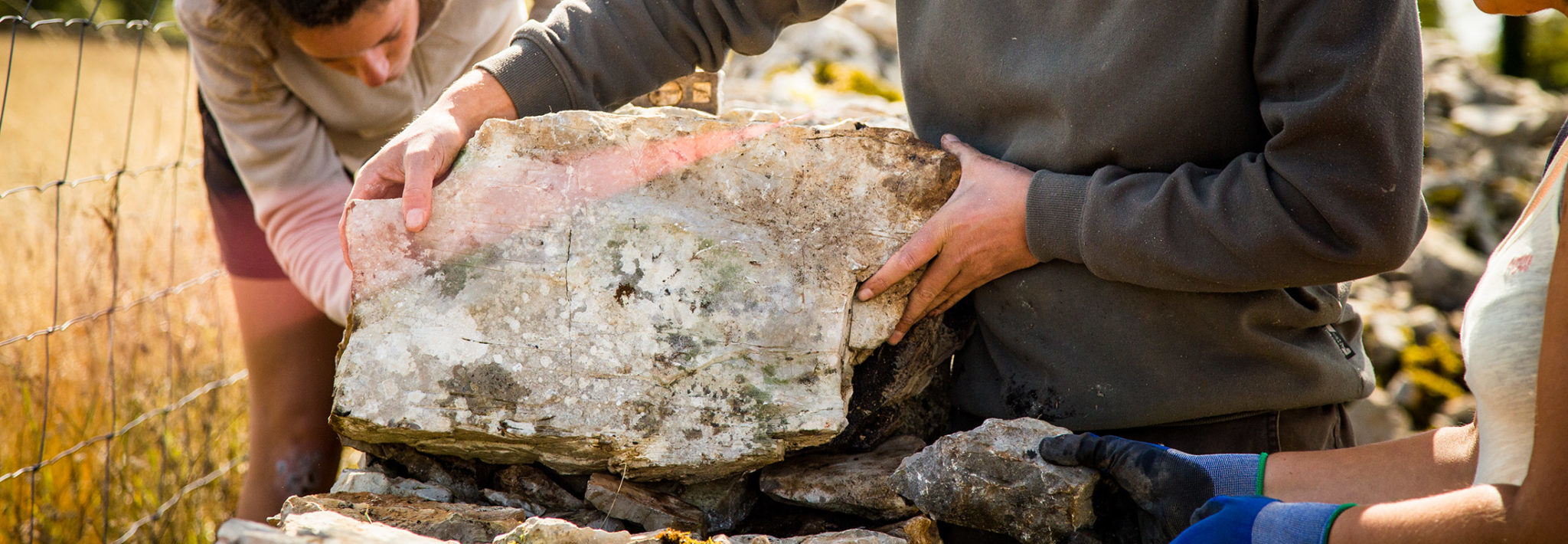Looking back
- Home page
- REMPART
- Who we are?
- Looking back
The history of REMPART was written by those men and women who nurtured what seemed at the time like crazy projects to restore some heritage site or building in order to pass it on to future generations.
It all kicked off on 11 July 1966 when the Touring Club of France decided to encourage people to take up the challenge of the French television programme Masterpieces in Peril (Chefs d’œuvres en péril). The idea was to help volunteers who had undertaken to restore some heritage item to exchange their experience and to enhance their means of action.
Two years later, the ACS REMPART Association of volunteers engaged in the restoration and upkeep of historical monuments and artistic heritage was renamed Union REMPART. But it was more than just a change of name. The aim was to accompany those associations who were members of the Union in their project: to attract volunteers, to organise events such as conferences and to set up training sessions for those in charge of future restoration work on historical monuments, with the support of the Ministry of Culture.
The REMPART network grew and in 1979, when the Union was on the point of welcoming its hundredth member, a charter – followed by a general declaration of intention – was adopted in view to laying out clearly what the member associations subscribe to in their stance on heritage sites and buildings and on volunteers. Less than fifteen years after REMPART was founded, it received the ultimate accolade: to be declared officially an institute of public utility.
Over the 1980s it was decided to push for decentralisation and to facilitate the flow between national and local levels. With this in mind, regional delegations were created, under the impetus of a regional delegate. At the same time, the Friends of REMPART (Les Amis de REMPART) association was created to support the Union’s actions by giving more visibility and generally promoting the network. REMPART’s efforts in restoring and promoting heritage sites and buildings were increasingly recognized by the authorities, but the Union went one step further to become its own publisher. The collection entitled Patrimoine vivant, or Living Heritage (on sale in the on-line bookstore) positions REMPART as a major player in heritage education.
This increasing recognition within France has gone hand in hand with international development. Links forged with other countries have turned out to be the seeds sown for an international movement which is translated into emblematic initiatives.
Above and beyond volunteer work camps, the Union and its members have developed action in heritage education, in social reinsertion, in training, in promoting heritage and in publishing with the same conviction and the same strength as fifty years ago.
Today, REMPART is the national movement in France which has the most sites and the broadest scope of action, working hands-on safeguarding heritage.
Day in day out, men, women, volunteers, associations, sponsors and partners, in France and abroad, are working towards any one of our heritage projects, and thereby writing another page in the history of REMPART
